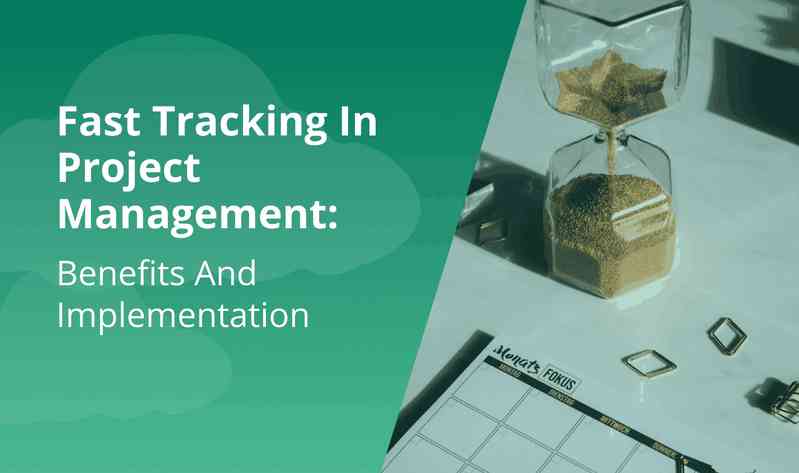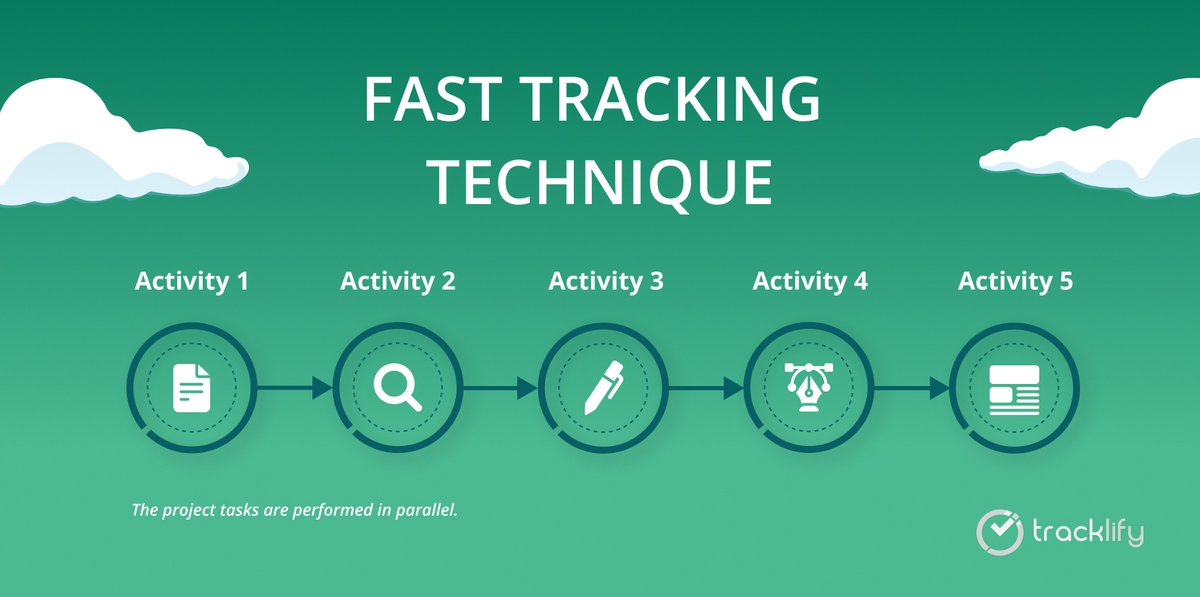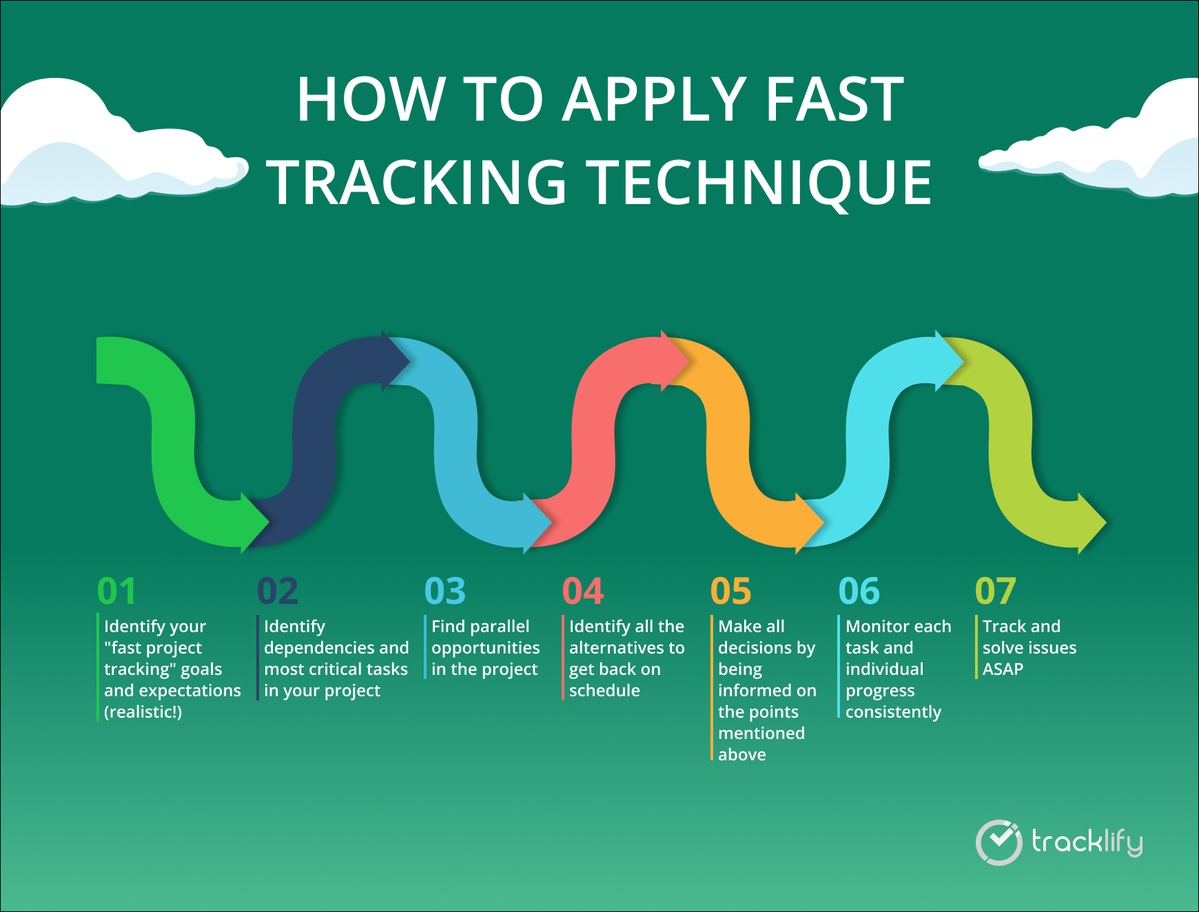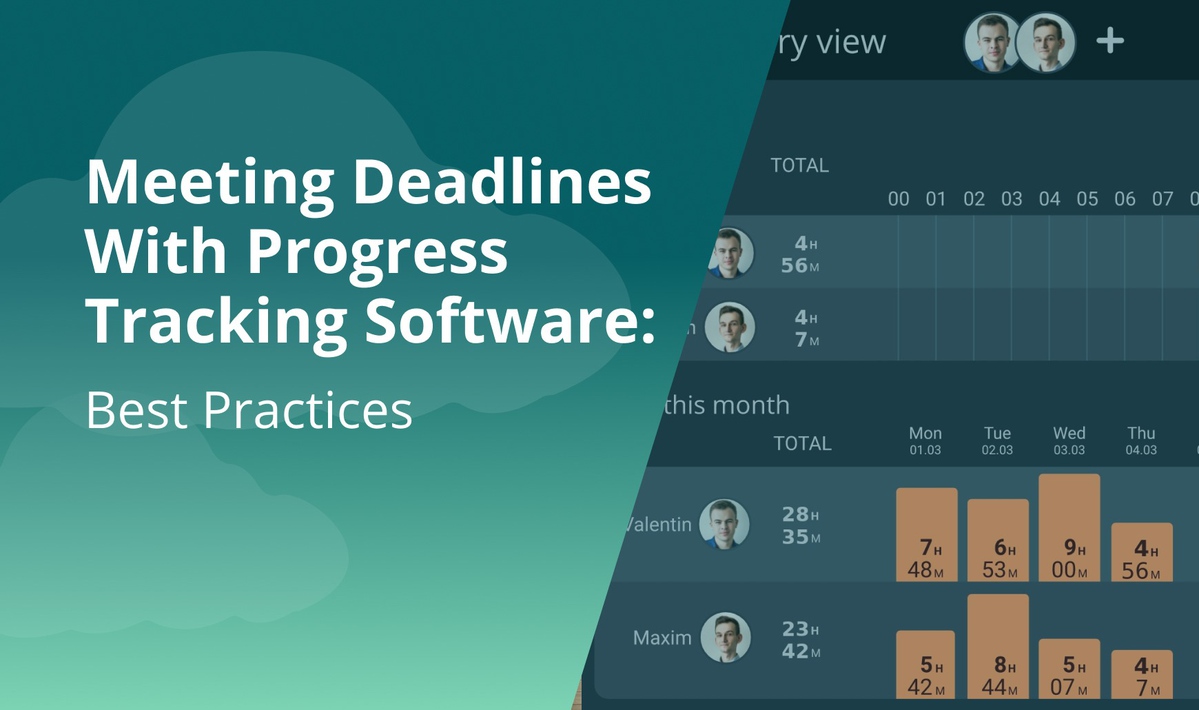Fast Tracking In Project Management: Benefits & Implementation

Planning a project is one thing, but making sure deadlines are met and all tasks are completed is a whole other. Falling behind is easy when an entire sequence of events is dependent on the previous being successfully finished.
Whether the reason was a technical issue, one of your team members falling ill, or not having enough hours in a day, it can become very stressful when a project isn't delivered on time. As with most issues in life, there is a simple solution to ensure you meet deadlines and perform the tasks without any gaps - and it’s called fast tracking.
Let's dive into the topic of fast tracking in project management, discover its crucial benefits, and find a step-by-step plan to fast tracking approach implementation.
What is fast tracking in project management?
In traditional project planning, tasks are set up to be done in a specific sequence with certain deadlines. Fast tracking in project management is a timeline compression technique that helps companies complete projects with critical deadlines.
In other words, it requires different teams to work on various tasks without waiting for the previous task to be successfully finished.
Of course, this business technique can be used only when tasks involved in a project can be overlapped and done simultaneously.

For example, when setting up a wedding, you can't arrange the tables and flowers before having a venue. But once the venue is decided, all the tables, cutlery, and flowers can be put out together instead of one after the other.
In this example, good management of time and rearrangement of tasks provides a better solution. This is the essence of fast tracking in project management.
Keep in mind that this technique should not be confused with crashing, another method to meet critical deadlines. Let's take a minute to understand the differences between these two.
Crashing vs. fast tracking
Crashing and fast tracking are two project management terms that shouldn't be used in place of each other as they are significantly different.
Fast tracking is used when a project isn't done on time. Here, resources are added to the project without costing the company too much money. The most compression is obtained with the lowest price possible.
Crashing is based on adding resources to those tasks that will help complete the project as soon as possible. After a crash analysis, the activities with the lowest crash cost per unit time are identified.
Even with the calculations of costs vs. benefits, crashing generally costs more than fast tracking.

To sum it up, fast tracking involves conducting activities simultaneously, while crashing involves adding extra resources to the project. Crashing is costly, while fast tracking is risky.
Benefits of fast tracking
The fast tracking benefits are many, but let's focus on the main three:
- Firstly, this technique will help deliver a project to completion earlier, which is a badge of honor in your company's name. If you are a project manager, then you surely understand the effect finishing projects early will have on your reputation. This is going to help with earning sponsors, partnerships, and so on.
- If your project has experienced delays and you have fallen behind, another one of the great fast tracking benefits is helping you get back on schedule. By implementing fast-track scheduling software, you can quickly get back on track in no time. Presenting a project late can be detrimental to a company, whether you are the CEO or the project manager.
- The last of the main fast tracking benefits is freeing up resources that could be used on other projects. When two tasks that were going to be done within weeks of each other are done parallel, this will not only put you weeks ahead but save you the time and resources that would be wasted otherwise.
Risks of fast tracking
Along with fast tracking benefits, there are also a few risks involved with compressing project timelines.
The main disadvantage is the difficulty that comes with planning and scheduling parallel tasks. The core tasks have to be completed and any information transfer, approvals, feedback, evaluation, and so on. This also opens the door to incomplete and low-quality results that may be critical to a project.
Lastly, fast tracking requires more workforce and an experienced and flexible team that works well under pressure.
How and when to apply fast tracking technique?
Before you jump into fast tracking, you must first understand whether your project is eligible for this technique.
Here are five project management questions to answer before you get started:
- Do you have a project with specific and detailed tasks?
- Have you identified the dependencies of the activities, which must be completed before others can start?
- Are the project requirements, goals, and priorities in order?
- Do you have a good team that knows their task responsibilities and works well under project management and supervision?
If your answers are all yes to the questions mentioned above, it is time to start with fast project tracking.
Follow these seven basic steps to fast track your project:

- Identify your "fast project tracking" goals and expectations (realistic!)
- Identify dependencies and most critical tasks in your project
- Find parallel opportunities in the project
- Identify all the alternatives to get back on schedule
- Make all decisions by being informed on the points mentioned above
- Monitor each task and individual progress consistently
- Track and solve issues ASAP
All this doesn't have to be done by just you as the project manager. Instead, fast track scheduling software is here to help you in these difficult times.
These seven steps can all be followed easily with automated task management software such as Tracklify. Tracklify helps automate task flow by measuring task times, ensuring priority tasks are completed first, monitors task progress, and generates transparent work reports for you.
Conclusion
Fast project tracking is a technique that will help put you ahead of your schedule and your competitors. Constantly completing and putting out projects is a sure way to guarantee a high ranking in your field.
So, what are you waiting for? Get started with Tracklify today to fast track to the finish line!

